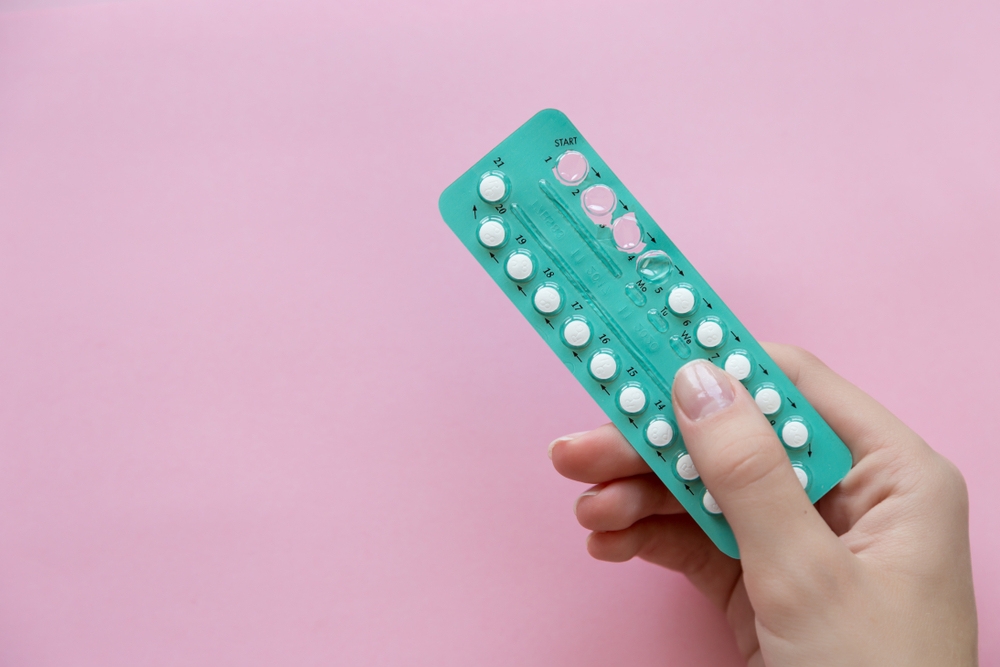
For women who have husband and wife life during lactation, contraception is a problem that cannot but be said. Many people think that as long as they do not menstruate, they do not need contraception, which is really naive!
Let’s talk about the related issues of lactation contraception.
Do you need contraception during lactation?
Yes!
The first ovulation after delivery often occurs before the first menstruation, so menstrual recovery cannot be regarded as a reliable sign of starting contraception.
For mothers who do not breastfeed, the average time for the first ovulation after delivery is 45-94 days, and the earliest time is even only 25 days.
Although ovulation is inhibited by breast-feeding mothers, it is also affected by factors such as the degree of breast-feeding and individual differences of mothers. Although the pregnancy rate during breast-feeding is low, ovulation cessation is only possible if all the following specific conditions are met:
-
Less than 6 months after delivery;
-
It is completely breast-fed, i.e. No food and other liquids are provided to the baby.
-
No menstruation resumed.
After the above conditions are met, the contraceptive rate of breast-feeding is about 98%. However, if these conditions are not fully met, the risk of unwanted pregnancy during lactation is very high.
The interval between two pregnancies is too short, and the risk of fetal intrauterine growth restriction, premature delivery, premature rupture of membranes, placental abruption, etc. will be higher. Therefore, if there is a husband and wife living, even if there is no menstruation, contraception should be used.
Which methods can be selected for lactation contraception?
1. Condoms
Condoms are the first choice for nursing mothers.
However, due to objective factors such as improper use methods, the effectiveness of condoms is actually relatively only 82%.
Is it not as high as you think?
2. IUD
Intrauterine devices, commonly known as [releasing rings], are relatively effective. Breastfeeding mothers can choose to use copper-containing (such as TCu380A) or levonorgestrel-releasing (such as Manyuele).
WHO recommends that breast-feeding women should be implanted with an IUD that releases levonorgestrel at least 4-6 weeks after delivery. There is no evidence that it will have any effect on the total amount and quality of breast milk.
Of course, there are still differences between domestic and foreign countries. Domestic treasure dads are relatively [modest and forbearing]. In addition, 6 weeks after delivery is the puerperal period. It is not recommended to share the same room. The demand for contraception at this stage is relatively low.
In addition, during lactation, there is a certain risk that the ring will lead to uterine perforation, and the ring will not be pregnant again until 6 months later. Therefore, mothers should carefully consider whether to choose this method during lactation.
3. Pure Progesterone Contraceptive
If hormone contraception is to be used, progesterone-only contraceptives (such as short-acting oral contraceptives and long-acting contraceptives) are the first choice for breast-feeding mothers, with a 3-year cumulative failure rate of only 0.7%, which is the same as the effect of releasing the ring.
At present, there is no evidence that pure progesterone contraceptive drugs will affect the amount of breast milk, the composition of breast milk or have harmful effects on infants.
However, there is still some controversy over when what should be used:
The CDC medical qualification standard in the United States holds that postpartum women, including breast-feeding mothers, can use it safely and immediately after delivery.
The manufacturer’s drug instructions recommend that if the mother is exclusively breast-fed, she should start taking the drug 6 weeks after delivery. If infant formula is used for supplementary feeding, it starts at 3 weeks after delivery.
WHO also recommends that breast-fed women start using oral, injectable or implantable pure progesterone contraceptives 6 weeks after delivery.
Of course, before that, most people probably didn’t have the same room at all, and there was no need to worry too much about this problem.
In addition, the disadvantage of long-acting progesterone contraceptive needle is that it takes a long time to resume childbirth. If the injection is stopped to prepare for pregnancy, 50% of the women will become pregnant within 10 months after the last injection. However, a few women will not be pregnant until 18 months after the last injection.

4. Contraceptive drugs containing estrogen and progesterone
WHO recommends that this method of contraception should be used 6 months after delivery.
Drugs containing estrogen and progesterone will inhibit milk production in the early postpartum period and increase the risk of postpartum embolism.
Having said so much, everyone may be a little bored. I understand, what you want to know most is…
Which contraceptive method is suitable for you?
The contraceptive methods mentioned above are all optional.
However, no contraceptive method is perfect. Consider the advantages and disadvantages, and then choose the one that you can use continuously and correctly.
You might as well ask yourself these questions:
- How effective is this method? Is it convenient? Can I remember to use it? Is it acceptable to both sides? Is it a reversible method? Can you get pregnant immediately after stopping use? Can this method cause my menstruation to become more or less? Are there any side effects or potential complications? Is it an economical method? Is there a protective effect on sexually transmitted diseases?
In addition, no contraceptive method is foolproof.
So the question arises… … …
What should I do if conventional contraceptive measures fail?
If condom ruptures, slips, misses short-acting contraceptives, etc., emergency contraceptive measures should be considered.
Currently available emergency contraceptive methods include intrauterine placement of copper-containing IUDs or taking emergency contraceptives.
IUD:
The most effective emergency contraception method needs to be placed within 5 days after the [accident].
Emergency contraceptives:
Include pure progesterone preparations such as levonorgestrel or mifepristone.
- Mifepristone is a drug banned during lactation. Although Yuting instructions say it can be excreted with milk, lactation women suggest stopping using it for at least 3 days, but foreign data also show that lactation women use levonorgestrel emergency contraceptives for lactation and infants have no effect, and do not need to stop lactation. However, mothers with concerns will stop for 3 days according to the instructions.
